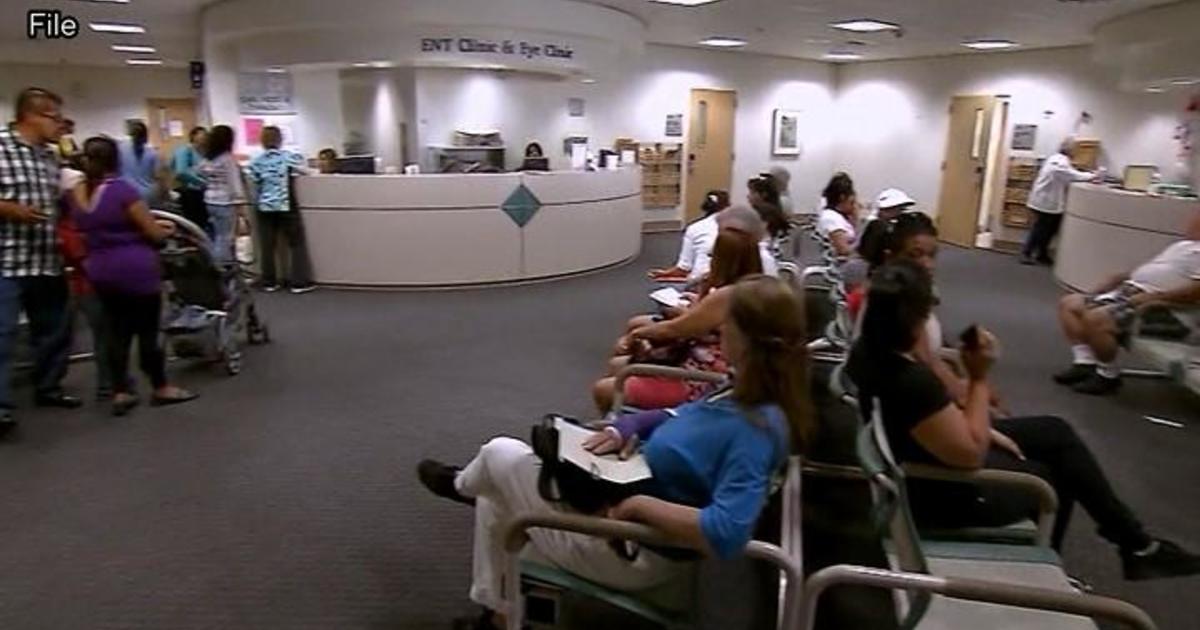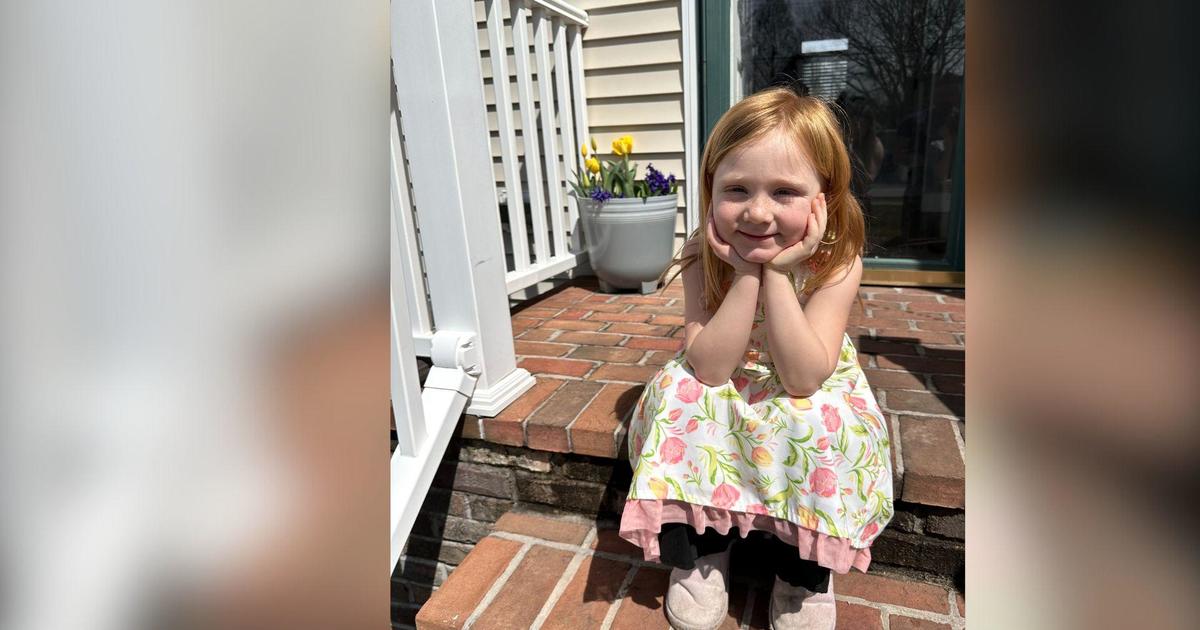WJZ Investigates The Safety Of Nearby Nuclear Power Plants
BALTIMORE (WJZ)—Recent power failures at nuclear plants in Tuscaloosa, Ala.— where the backup system worked— and Fukushima, Japan— where it didn't— make you wonder what would happen here. Thousands of Marylanders live in the shadow of nearby nuclear power plants.
Denise Koch gives us a rare look behind the high-security gates of Peach Bottom nuclear power plant.
1979. Three Mile Island, Pa. 1986. Chernobyl in the Soviet Union. Now in Japan, radiation spews from the crippled Fukushima nuclear plant. The outcome: unknown.
It may be difficult to relate to catastrophes far away in Japan or the Soviet Union until you remember there are several nuclear plants about an hour from Baltimore.
Three Mile Island, Calvert Cliffs and Peach Bottom all are active nuclear plants. That leads WJZ to ask if the operators can ensure our safety.
WJZ was recently granted a rare opportunity to go behind the high-security fences at Peach Bottom--- just 45 minutes from Baltimore. The plant operators agreed to show us what they do to prevent an accident. Peach Bottom Vice President Tom Dougherty gave WJZ a behind-the-scenes tour.
"We have a tremendous amount of backup equipment that is only here to combat a problem if one should occur," Dougherty said.
The emergency cooling tower is one of those. Dougherty says as far as he knows, they don't have those in Fukushima.
In Japan, the earthquake and tsunami sparked a power outage, allowing the problem to spiral out of control. Without electricity, any nuclear plant is at risk of a meltdown.
At Peach Bottom, they take extra steps to ensure the power supply.
"Our fuel oil storage tanks are buried," Dougherty said. "They're also at an elevation."
Dougherty showed WJZ a building he says "is designed for tornadoes, floods and fires, so it's very robust."
That's important because if the plant lost power, it would need to use diesel fuel to keep those generators going, to keep electricity, to keep cooling those rods so that there is no meltdown.
Dougherty says that's why it's so well protected.
He showed a simulation of what would happen in a control room if the nuclear power plant lost power.
"There's testing, there's training, there's casualty scenarios that we run through to prepare the operators," Dougherty said.
Still, not everyone is buying that America's nuclear plants can prevent accidents similar to Japan's.
"It doesn't need to be a tsunami or an earthquake to initiate a reactor failure," said Paul Gunter, of Beyond Nuclear, an anti-nuclear advocacy group. "Because of the inherent danger, any number of events could be the match that ignites the next nuclear fire."
But Peach Bottom is adamant its plant is different, with a greater focus on safety.
"What we do best is learn from these events. We learned from Three Mile Island, we learned from Chernobyl, we learned from 9/11, and in each case we got better," Dougherty said.
Peach Bottom tells WJZ that every two years experts take apart the twin reactors, inspect them, test them and put them back together. The plant is currently in the middle of a multi-year $1.3 billion project to upgrade a host of critical safety systems.



